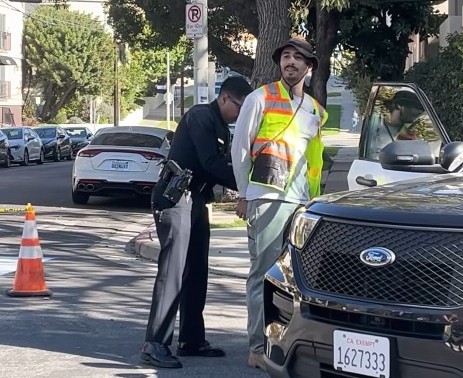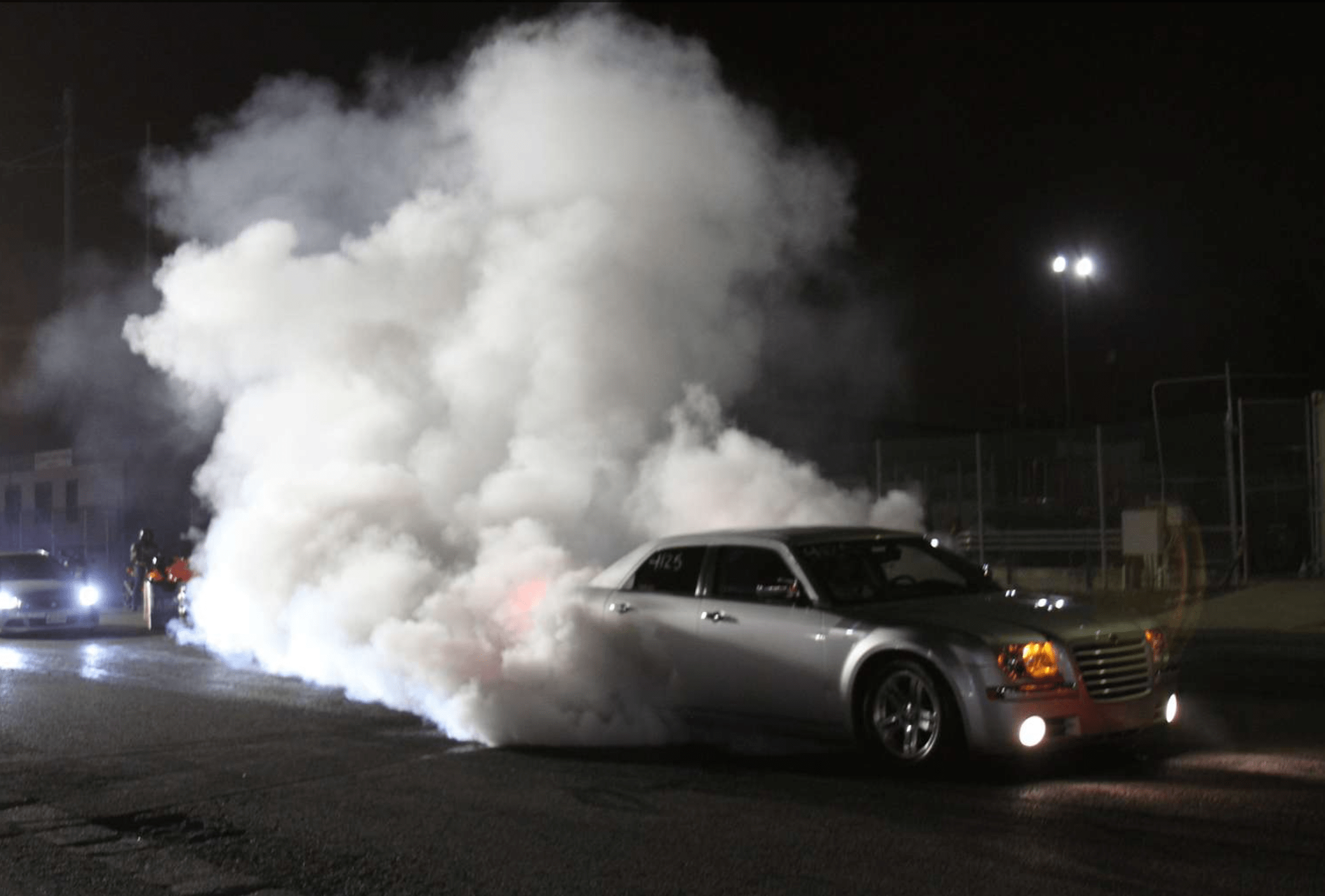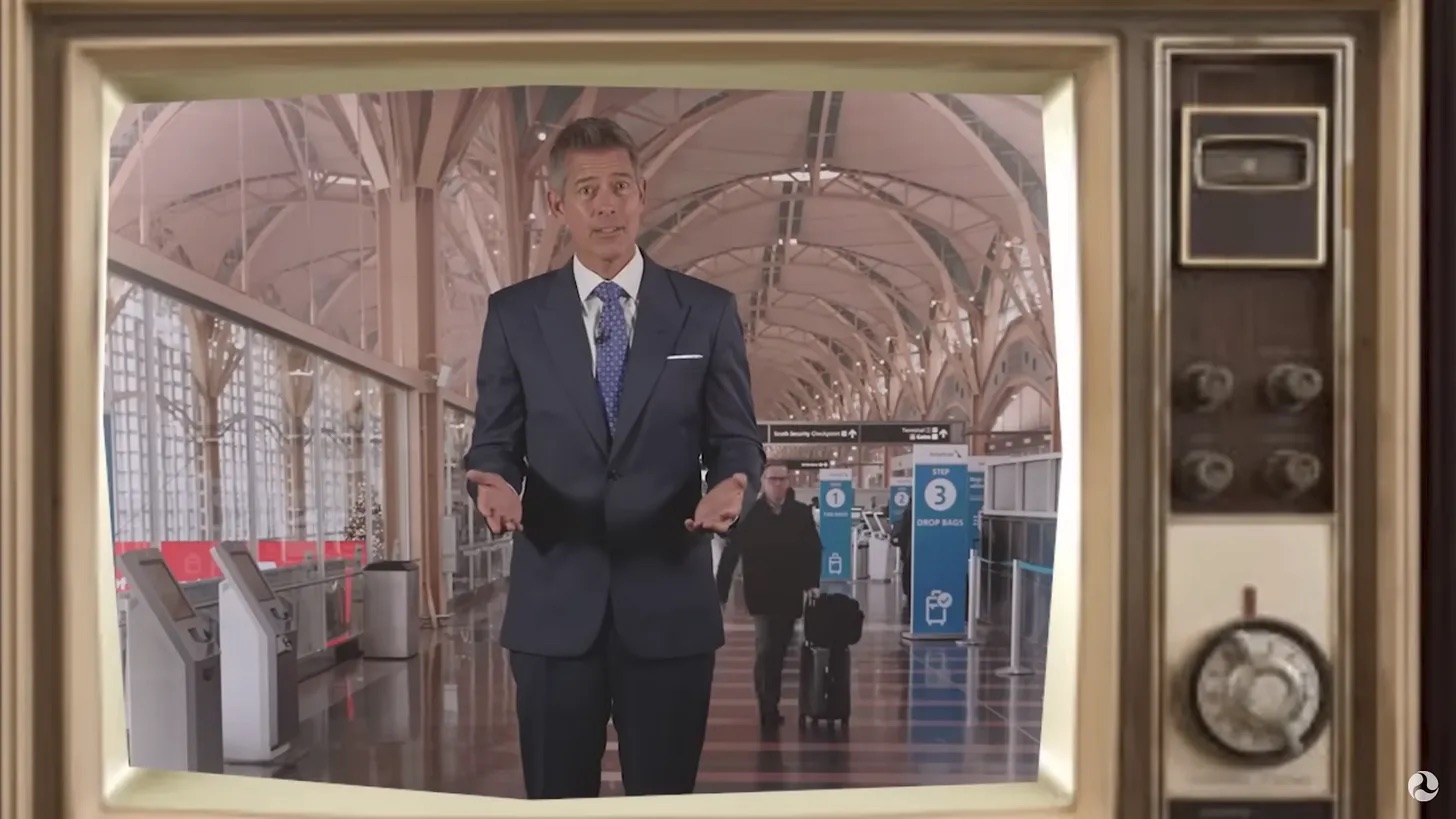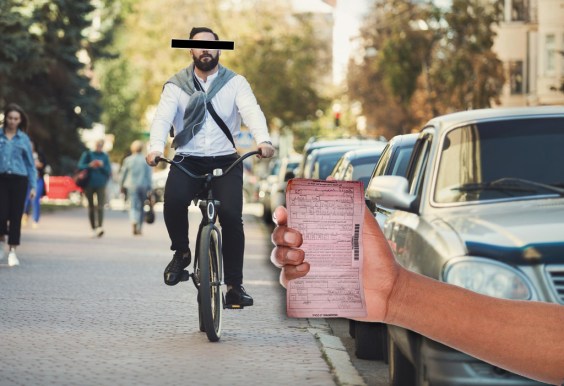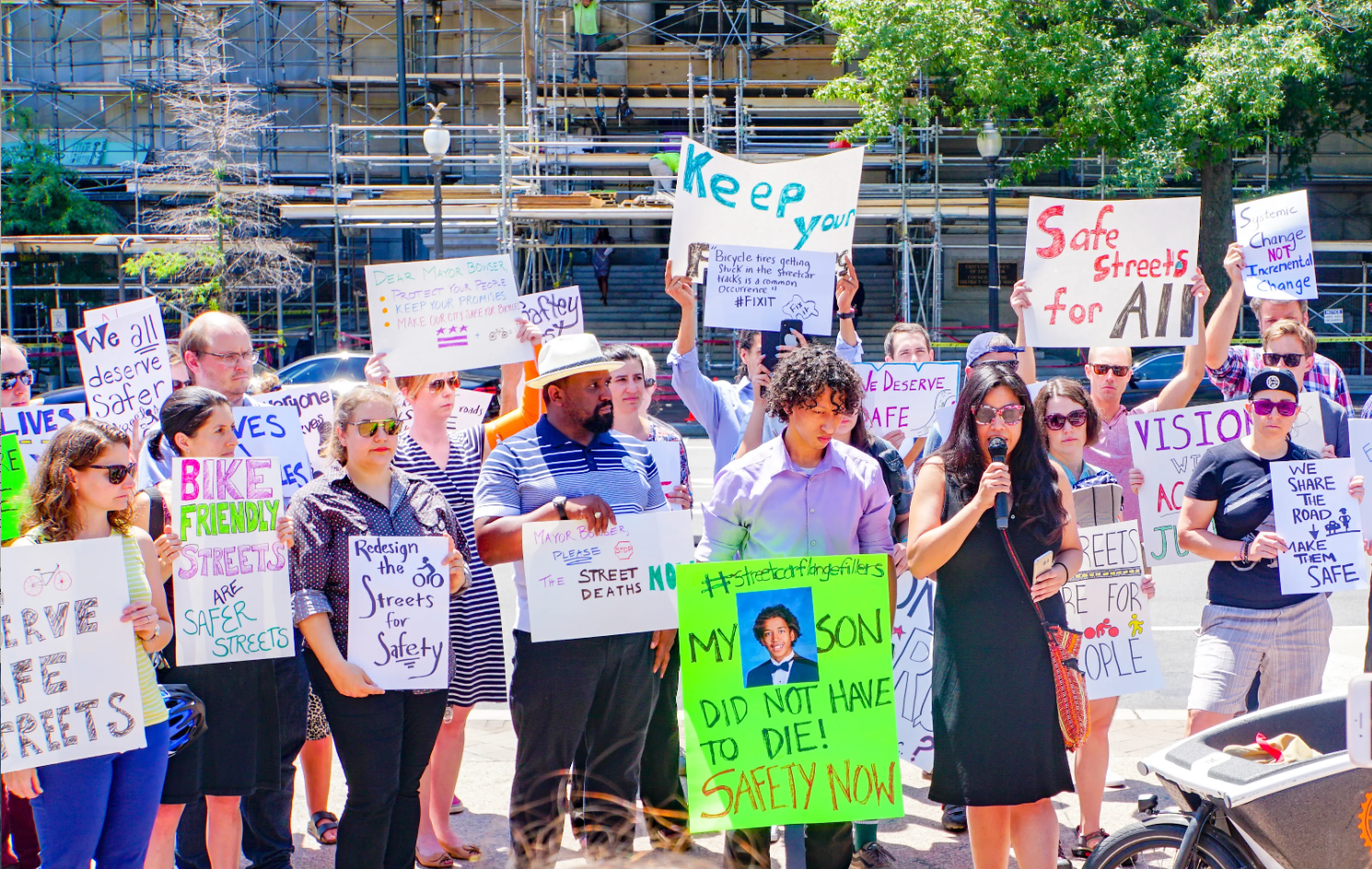America's highway boondoggle epidemic shows little sign of slowing down — and unless Congress demands an end to the madness, the next major federal transportation bill will unleash even more harmful and wasteful projects across the country, a new report argues.
According to latest Highway Boondoggles analysis by the U.S. Public Interest Research Group, America is spending more than one-quarter of a trillion dollars each year on our highway system — roughly half of which comes from general tax revenues sourced from all U.S. residents, whether they drive or not.
A stunning amount of that money, meanwhile, funds highway expansion projects that the report authors argue are a total waste of public dollars, because they're based on the myth that adding or widening lanes will solve congestion and save lives in car crashes, neither of which are true.
In an era when the federal government is placing an unprecedented focus on increasing "government efficiency," it's unconscionable that state DOTs keeping laying down asphalt. But Congress has a chance to stop the bleeding by writing a new federal transportation law that directs more funds to roadway maintenance, mobility alternatives and projects that can be proven to make our transportation system better — at least when the Infrastructure Investment and Jobs Act expires in 2026.
"It doesn't require a lot of detail to make the case against wasting money on things that aren't going to solve the problems that they're intended to solve — including traffic congestion — and yet also consume lots of resources, pollute the air, and in many cases, drive people from their homes," said Tony Dutzik of the Frontier Group, who's advised USPIRG on the Highway Boondoggles report since its inception.

Dutzik and his colleagues explain that since 1980, U.S. highway agencies have paved enough new lane miles to cover the entire state of Rhode Island, all in hopes of giving drivers in traffic jams a little more room to breathe. But thanks to the phenomenon of induced demand, congestion has actually increased in cities nationwide — and the hundreds of billions of dollars that could have been spent on better uses have essentially gone up in smoke.
Car crash deaths, meanwhile, hover at nearly 40,000 per year, despite countless new lane additions that transportation officials claim will bring fatalities down by reducing the frequency of car crashes.
And then there are all the other harms of highways, including the many forms of car pollution and the many deadly health problems that follow them, the health and climate impacts of tailpipe emissions, and the destruction and fracturing of whole communities to make way for autocentric roads.
Dutzik explains that state DOTs, though, argue that highways carry benefits that outweigh those stunning costs, whether that's preparing for projected future population growth, stimulating economic activity, or simply throwing an extra lane on a crumbling bridge that legitimately needs to be rebuilt. And even though none of those benefits are proven, it doesn't really matter – because all roads seem to lead to more and wider roads.
That's why this year, instead of profiling some of America's worst individual boondoggles as they have since the first report was issued in 2014, Dutzik and his colleagues took a step back and looked at how widespread boondoggles have become overall — and why now is the time to stop the trend.
"The absence of new boondoggles on our list is not an indication that there are no new boondoggles — there absolutely are," Dutzik continues. "What we mainly wanted to do is [underscore] a special sense of urgency, given the conversations that are beginning around reauthorization."
And some local communities aren't waiting around for Congress to act.
Of the 73 wasteful projects that the Highway Boondoggle's report has explored over the years, about a dozen have either been outright cancelled or put on hold, often thanks to organized community pushback. Maine's Gorham Connector, Maryland's Montgomery County M-83 Midcounty Highway Extension, and South Carolina's Interstate 526 Extension have all been axed just since the Highway Boondoggles report was last released in 2023.
"You really did have communities coming together and saying, 'Actually, no, this project does not reflect the values of our community,'" Dutzik added. "'It doesn't reflect the kind of future that we want to build.'"
Even with grassroots pushback and better laws working from the top down, Dutzik warns that highway boondoggles "never fully die," and can easily be resurrected as zombie projects if advocates aren't vigilant. Still, he hopes that 2026 can finally be the year that America realizes how broken our approach to highway building really is, and start charting a different path.
"Thirty years after the completion of the Interstate Highway System, is it still appropriate for the federal Government to be sending large amounts of money to states for highway projects with no real true sense of accountability — either to the federal taxpayer, or to the broader goals that we're all trying to meet?" he added.
"Any solution to [the boondoggle problem], whether it happens in this Congress or the next Congress, begins with taking a hard look at how we've spent transportation money in the past, taking a hard look at the availability of funds in the future, and making some hard decisions about the kinds of investments that make sense today — versus the kinds of investments that might have made sense 50 years ago, but no longer do."

